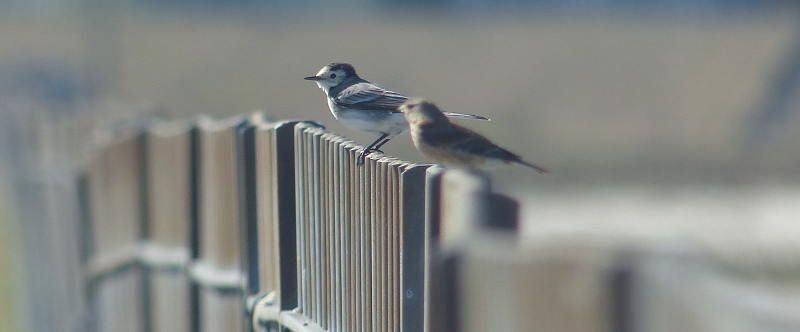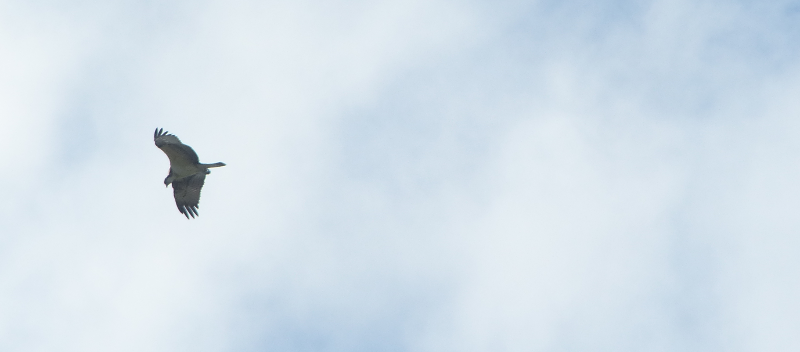Average Birding

Staines Wagtails
We reach the middle of September and a few more species start to make a break back to the continent. We catch up with two of them.
The swifts have already made a hasty disappearance. Swallows and martins are on the move too. More excitingly, reports from Staines Reservoirs bring news of a good twenty-odd Yellow Wagtails gamboling around on the causeway.
Pronoun guidance: AB1 is sceptical of wagtail reports. This post details the events of September 16th, 2018.
Overenthusiastic Reporting
Now. Yellow Wagtail is reported a lot on passage, often in ones and twos. I have, in previous entries, completely omitted all mention of this happening, because they are never there. The closest we've come to picking up Yellow Wagtail somewhere it's been reported was at Oare, where an overenthusiastic birder tried to make a very worn Pied Wagtail into a juvenile. Most reports are flyovers, we suspect, and so we've got into the habit of dismissing them out of hand.
Quantity and Quality
Twenty, though? Twenty might be worth the pain in the arse journey that Staines is from home. I quiz the reporter on twitter; he confirms that the birds are both numerous and on the ground. It's a beautiful day, let's get out there.
A couple of hours later, we find ourselves at the Eastern entrance to the causeway. One small bonus of the route: a McDonald's just before the reservoirs, which provided some suddenly much-needed sustenance.
I suddenly realise AB2 probably hasn't been here before, so provide a quick briefing on the weirdness of the site, remind her of its hallowed status as bird 200 provider, etc. Unusually for a trip to Staines, we're (hopefully) not going to be spending huge amounts of time staring at the water in search of our quarry, and it's not the middle of the Winter.
We get up to the causeway, and for the first time ever I am glad of the constant wind it receives - the sun is hot and its rays are unimpeded by clouds, and without the cooling breeze the heat would be borderline unpleasant.
Wagtails. Thousands (Ok, hundreds) of 'em
It's immediately clear there are large numbers of wagtails on the causeway. Even from here, I'm guessing there are at least 100 scattered about - some sitting on the fences, others picking about at the base of the reservoir, some just have a sit down in the middle of the path. All I've got at the moment are Pied, however.

A closer look would help. Heck, we're planning to go and explore Staines Moor afterwards anyhow, so we need to make our way across the causeway. We reach the non-annoying area of fencing and take another look. We're surrounded by wagtails now - some that we disturbed have retaken their positions behind us, and many we are yet to bother ahead. Both groups, now we are nearer, obviously contain several Yellow Wagtail (despite the variance between different YW subspecies, it's very clear how they differ from the pieds). Excellent. I dash out a quick message to the original reporter to say thanks; the sheer number of birds present has already made this a worthwhile journey.
We spend a while taking terrible photos of the wagtails (they aren't quite tame enough to let us get close enough, and the heat haze adds another unwanted blur filter on top of that), before moving on to Staines Moor.

To the moor
Once off the causeway, we're into one of the less glamorous parts of this trip - walking up the road dividing Staines reservoirs from the neighbouring King George VI reservoir. The boredom is briefly lifted by yet more Yellow Wagtails (a group of six are making their way along the fence line at the top of the KGVI), but it's still otherwise a straight and featureless bit of road. Fortunately it is short (unlike the Dungeness one), and before too long we're on a scruffy little footpath cutting between the KGVI and the village of Stanwell Moor.
I've encountered Little Owl in the farmland adjacent to the path here before, so I am reasonably alert, scanning suitable perch points for any sign of them. Nothing doing though.
The landscape opens out in front of us and a little information panel tells us we have reached Staines Moor. This is easily the best I've seen it look. One could almost forget the M25 borders it.
A mystery raptor
We're not far into the moor when we spot two large birds carving around in the middle of it. They're basically silhouetted against the summer sky. My initial thought is Red Kite. Indeed, one of them, when turning, shows off a forked tail. Probably both Red Kites then. Hmm. Or not. The other seems a different shape. Best to keep watching.
The definite kite and the mystery go their separate ways at this point, the kite heading South-East, and the mystery, usefully, along the River Colne, towards us. It's not just a heron, is it? That might have tried to mob a kite, I suppose. No. Wrong flap.
The bird drops down a bit so it's below the skyline; the contrast reveals some of its colours, and more of its shape. Bloody hell, that's an Osprey!
A hurried few seconds are spent convincing AB2 (who sensibly thinks I am making stuff up) of this fact. Any doubt is swiftly erased by the bird diving into the river in an attempt to catch a fish not fifty yards from us. Amazing! We scoot around a little so that the bird spends more time with us between the sun and it. What a tremendous sight it is - all of the detail of the bird is revealed; the curve in the beak, the yellow eye, the white of the underside.
Our only failure is in capturing any of these details; we're far too excited to take any decent photographs! We manage a decent few record shots that will later briefly propel us to South-West London/Surrey birding stardom, but none of them really convey how bloody brilliant it was to find such a showy Osprey in the middle of a moor next to the M25.

We put out the news. The Osprey knows how that works, and buggers off South over the bypass at the earliest available opportunity. I'm glad we have photographic proof. We check in with another birder who has been making his way around the opposite side of the river with more serious photographic equipment. He's done rather better than we have in the contrast stakes (i.e there is some contrast), but his excitement seems muted. We let him be and head towards the bypass ourselves; the path back to the station goes underneath it.
An eventful return
I'm expecting an uneventful remainder of walk at this point. Incorrectly, it turns out. Our crossing of the river is barred by an assortment of horses. They do a mixture of staring at us and ignoring us, but show no sign of getting out of the way. We decide to break the deadlock by walking directly at the bridge - slow panic ensues; the group retreats twenty odd metres upstream and then plunge into the water, before resuming the staring contest from the other side of the bridge. Helpful.
We cross the bridge, and they've had enough of being near us at all, and stalk off towards some cattle off to our right. Another pair of Yellow Wagtail are mucking about around the cattle on our way; props to them for having read the bird book.
We exit the moor under the bypass and cross some sort of canal. Looking along it, there's a well-concealed Buzzard in the trees off to its right. Definitely a Buzzard, and not the Osprey again, we make sure. From here a delightful but dank path along another river (the Wraysbury?), a brief tour through a retail park (we decide against a second McDonald's), and a secret passage alongside the railway line take us back on the train home.